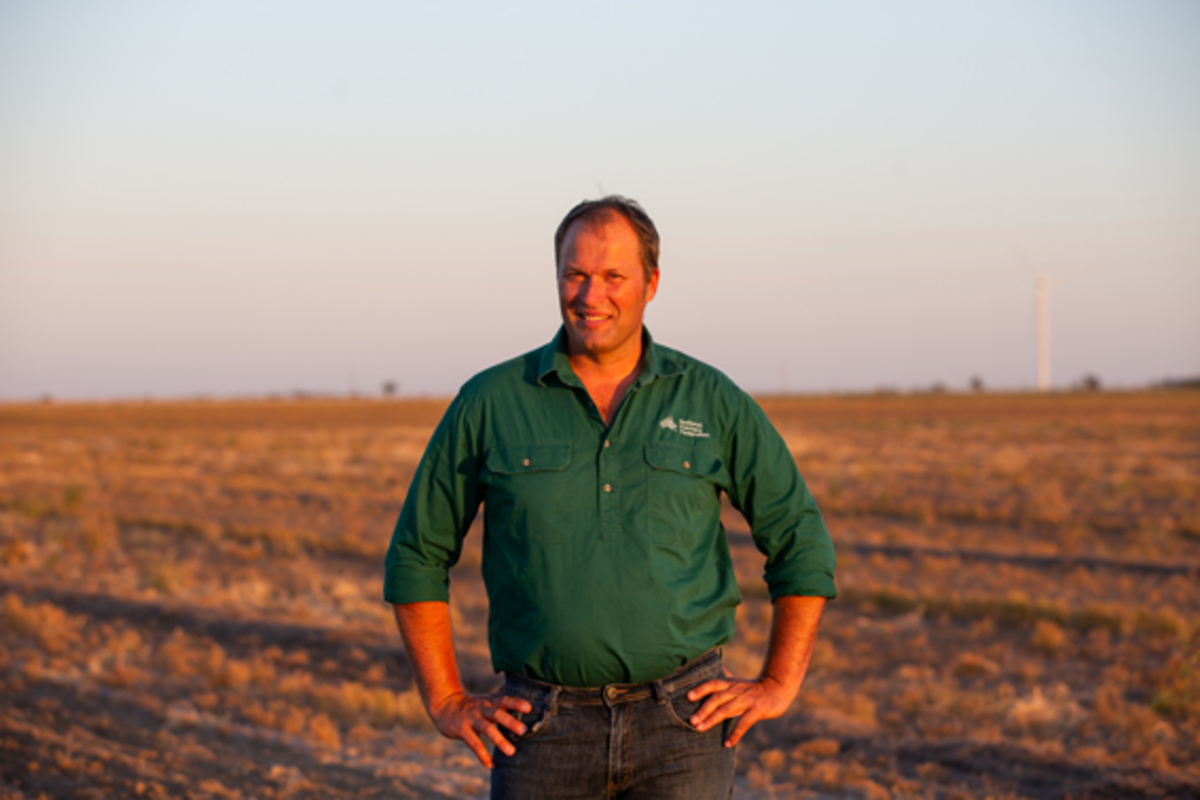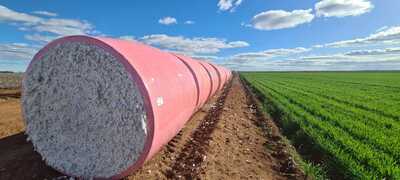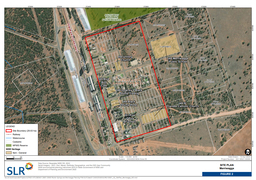Farmers’ Federal Budget priorities show ag can help drive national productivity
Krista Schade
09 November 2024, 10:00 PM
 National Farmers' Federation David Jochinke says the people driving agriculture are at the heart of everything we achieve.
National Farmers' Federation David Jochinke says the people driving agriculture are at the heart of everything we achieve.The National Farmers’ Federation has delivered 20 targeted investments in its 2025-26 Pre-Budget Submission to drive productivity growth, not only in the agricultural sector, but for the Australian economy.
National Farmers' Federation (NFF) President David Jochinke said the Australian economy continued to navigate complex challenges from slowing productivity growth to ongoing cost-of-living pressures, while shifting global dynamics add further complications.
“Families are grappling with rising costs, tight budgets and growing uncertainties. Australian farmers also share these burdens as productivity growth lags, input prices fluctuate, and market volatility squeezes margins,” Mr Jochinke said.
“Yet we remain steadfastly optimistic about agriculture’s role in helping Australia address these challenges. With the right policy and investment settings, agriculture can help Australia overcome its challenges.
“While strong economic policies are vital to our sector’s growth, the people driving agriculture are at the heart of everything we achieve. It’s why we’ve included an ask to boost farmer wellbeing following from the National Forum on Mental Health and Wellbeing in Agriculture the NFF hosted in March.”
Key priorities include:
- $1 billion for improving freight supply chains, including roads and rail.
Australia’s ability to compete in global markets depends on efficient and reliable transportation networks. Delays or inefficiencies in supply chains can result in increased costs and a loss of market share. This resilience is more important than ever, with an increasing occurrence of natural disasters and other disruptions due to climate change.
- $175 million for a farmworker accommodation investment package of incentives.
Investing in farmworker accommodation supports the sector’s ability to attract and retain a skilled workforce, enhances productivity and safety, improves industry reputation, and contributes to the overall economic stability and growth of rural and regional communities.
- $150 million for climate-related research and development.
This funding would support the development of robust baseline information, drive innovation in farming practices and technologies, build resilience against climate impacts, improve greenhouse gas accounting across the sector, and assist in the communication, adoption, and extension of these advancements.
- $36 million to extend the On Farm Connectivity Program to grow digital uptake.
This successful program has helped accelerate the uptake of digital technologies to promote a more productive, safe, and sustainable agricultural industry.
- $25 million for a national, agricultural industry led approach to grow farmers’ wellbeing and prevent suicides.
Farmers die of suicide at twice the rate of other working Australians. This equates to one farmer taking their own life every 10 days. Funding would support farmer-focused mental health education campaigns and an accessible farmer-friendly helpline.
With an election on the horizon, the NFF is calling for collaboration between industry and leaders across the political spectrum to harness agriculture’s potential in tackling Australia’s economic and environmental challenges.
“Just take a look at agriculture’s track record. We launched our 2030 Roadmap for the sector to reach $100 billion in farm gate output by 2030.
“In the five years before we released the Roadmap the average annual output of the sector was $55 billion. For the five years after the report was launched, it is forecast to average $80 billion.
“The growth of the sector is contributing to Australia’s productivity, competitiveness. We’ve created jobs and locked in a positive future for the nation’s children and grandchildren.
“It is abundantly clear; strategic policy and targeted investment in Australian agriculture delivers benefits to all Australians, no matter where they live or what they do.
RURAL
NEWS





